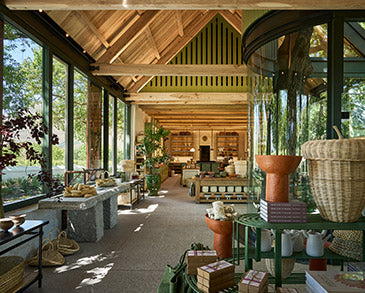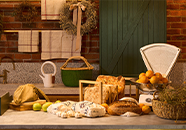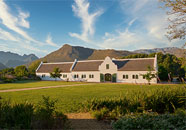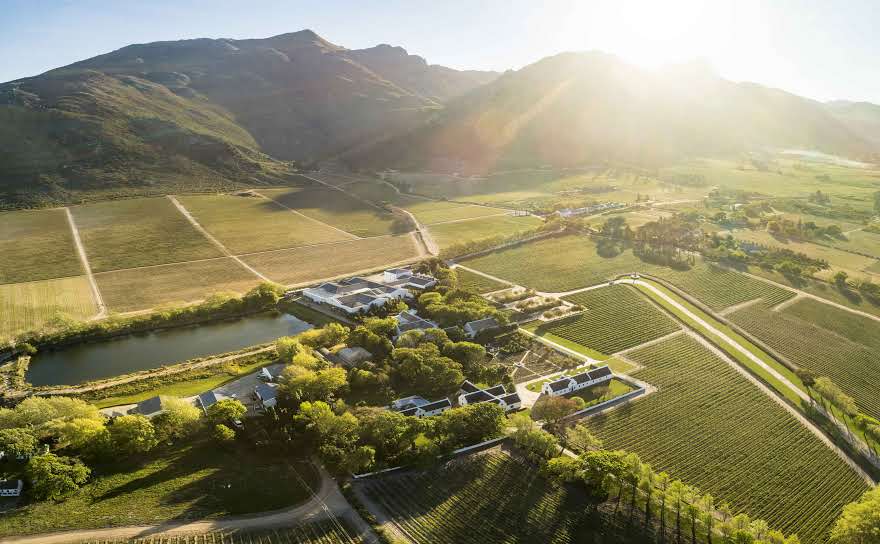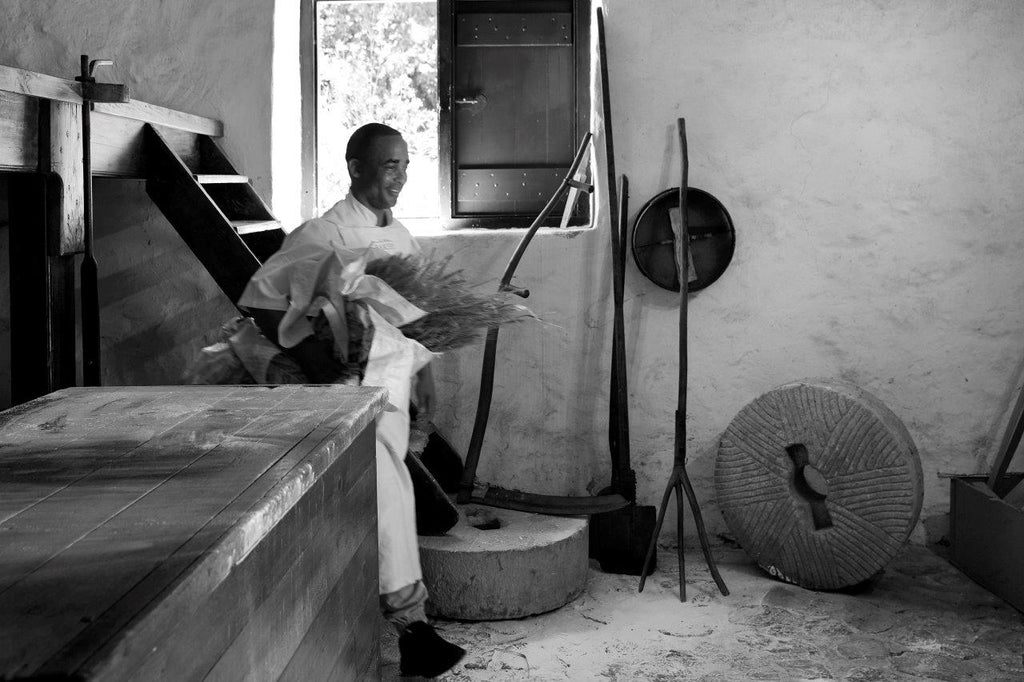Farming and harvesting
Wheat grows well in temperate climates and does not need much water, but it requires rich soils. The farmer’s first task is to prepare the soil before sowing. The field is first weeded, then turned over by ploughing and enriched with fertilizer, allowing it to receive the seed. Originally, wood (and later, metal) ploughs pulled by animals created furrows in which seeds would be sown by hand. Young shoots spring into life following rains, after which they are nurtured and protected from insects and weeds. The secondary shoots then appear at the base of the wheat stalk. Before being harvested, the wheat will rise and ear, with each ear containing about 50 grains. When ripe, the standing stalks bend under the weight of the full ears. The farmers check the ripeness by its colour and when the wheat is dry and crunchy. Traditionally, harvesters would use a pick and a sickle to gather and cut the wheat. The stalks were tied into bundles and loaded onto horses or donkeys to be taken to the threshing floor.
In southern Africa, each cereal was threshed differently. Women would beat maize cobs and men would thresh the millet, from which they also make beer. The threshers beat the ears with long-handled clubs to the rhythm of threshing songs. In European settlements, wheat was threshed by horses. The smooth, circular threshing floor was an essential part of South African farmsteads. All the implements were made of wood so as not to damage the threshing surface, which had to remain smooth. These implements were made by farmers themselves from natural timbers, a craft that continues to this day and which is exemplary of South African rural craftwork.
Particular care was bestowed on the winnowing shovel (koringskop), which was a treasured possession handed down from father to son. The blade was carefully hollowed out and scraped to reveal the grain of the wood. The blade would be attached to the shaft by being riveted into a block at the back of the blade by the local blacksmith or the farmer himself. The hayfork selected from a suitable branch and shaped into two or three bluntly pointed prongs. The other implements of the threshing floor were the rake (doppieshark), the shifter (skuiwer) and the besom (jaagbesem).
When wheat was to be threshed, the top sheaves of the stack were put aside to dry and lower sheaves were spread out in circles on the threshing floor to be trampled by donkeys or horses. After several hours, the straw would be raked and the grain gathered into a heap with the brooms and pushers. The grain was winnowed from the chaff by tossing it into the air with a wooden shovel. The breeze carried away the chaff and the heavier grain fell to the floor. The winnowed grain was sorted and taken to the mill for grinding into flour. A special type of sieve, known as a koringharp, was also sometimes used to sieve the grain before it was taken to the mill to be ground. Until the Industrial Revolution, these tasks had remained the same for centuries.






